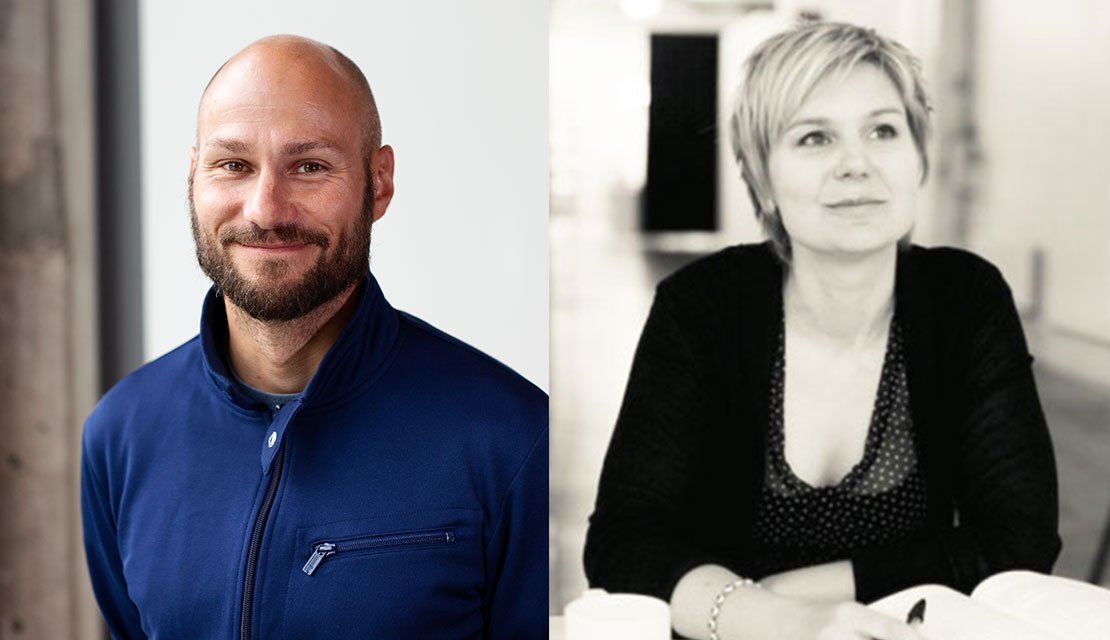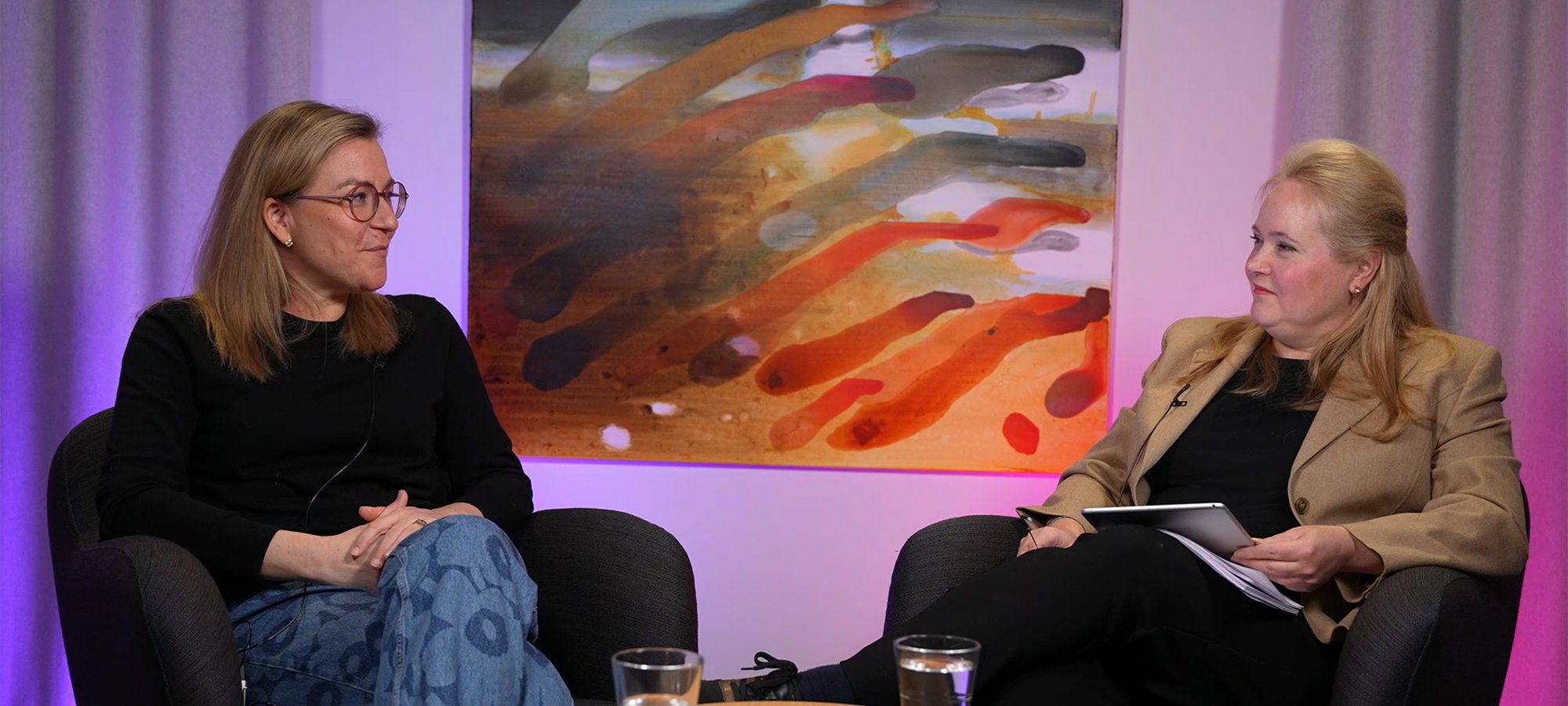Participation Is Used Below its Potential — Co-design and Design Games Go Beneath the Surface
Co-creation and co-design have been the buzzwords in product and service development for years, but according to Professor of Co-design Sampsa Hyysalo, customer and stakeholder participation often remains at a token level, where the participants have little chance of having real influence. According to Hyysalo and Service Designer Kirsikka Vaajakallio, who wrote her doctoral thesis on design games, co-design and design games provide insights that might otherwise remain hidden and resources for innovation that would remain untapped.
Tiia Lappalainen, 30.08.2019
|Articles
Co-creation — the buzzword of our time, which comes up everywhere and all the time.
Most of us are likely to have personal experience of participatory workshops and development days where real influence has remained largely a beautiful — but ultimately rather empty — idea.
According to Sampsa Hyysalo, Professor of Co-design at Aalto University, companies, and public organizations have a tendency to use superficial co-creation processes in places where these are not effective, and not pursue in-depth participation in projects and purposes to which they would be highly valuable. These are central facets of his latest book “The new production of users: changing innovation collectives and involvement strategies”.
There are many design areas where co-design could be employed better."
“For co-design to make sense the participants must have a possibility to influencing things, and the design process needs to be organized in such a way that the participant insights carry through to the outcomes. This is often, and very easily, forgotten,” Hyysalo says.
“Genuine participation is utilized well below its potential. There are many design areas where co-design could be employed better.”
Games give permission to immerse yourself — and share even sensitive issues
One form of design participation involves different design games. They work especially well when you want to have a debate and share your experiences, hopes, and fears, and look for a common perspective.
“During design games, people are surprisingly open about sharing sensitive issues with strangers, because the attention is not on you, but in the game. In the game world, you are able to immerse yourself in a different way— to think in terms of ‘what if’,” says Service Designer Kirsikka Vaajakallio, who works for the service design company Hellon.
In 2012, she wrote her doctoral thesis on “Design games as a tool, a mindset and a structure”.
According to Vaajakallio, a well-made game can be used to find perspectives that can be difficult to bring up with such techniques as an interview or a traditional workshop.
A well-made game can be used to find perspectives that can be difficult to bring up with interviews and traditional workshops."
As an example, Hellon has designed a game for the City of Helsinki, which encourages the players to consider practical ways in which the people in Helsinki could be involved in the planning and joint creation of services.
“When the discussion is facilitated by the game, people relax. Openness gives rise to thoughts and ideas that might not have occurred to people before. This leaves room for association. If new ideas are to be brought up by interviewing, you need to be a very good interviewer in order to reach the same result,” Vaajakallio says.
She reminds us that using a game as a method of co-design and service design requires much more work than, for instance, preparing a more traditional workshop. However, this is exactly where the strength of games lies.
“When designing a game, you really need to understand what it is you are trying to find. It’s not a two-hour job, but instead requires a lot of effort and insight. This is something that design offices and companies don’t always think through,” Vaajakallio says.
It’s important to take a careful look at what you want to get out of the debaters and the participants, who they are, and how the dialogue and the tasks should be constructed. In addition, it’s necessary to consider how the information obtained is analyzed and put to use.
“The game must be designed to encourage documentation right from the start,” Vaajakallio says.
“A successful game is well thought out, meaningful, and simple enough, and it has clear rules and instructions."
Superficial Post-it nightmare or effective co-design?
Collaborative design (co-design, co-creation) and design games are particularly suited to situations where there are many different user groups for one product or service, and not enough information for the designers on how the product or service is being used and what needs and requirements apply to it.
“A typical example would be the development of healthcare systems or products, or an environment in which industry professionals have the best insight on what is required to make the system or service work,” says Sampsa Hyysalo.
Design games are particularly suited to situations where there are many different user groups for one product or service."
“In such settings interviews with users can achieve a reasonably good result, but when the same program is used by members of several professional groups, it can be difficult for them to comprehend how the solutions they’ve asked for could affect the work of another professional group.”
When these groups of professionals sit at the same table to discuss and structure the design problem with each other, co-design processes and tools can provide information that helps not only in the design work, but also enables better understanding between the groups.
“For example, a design game can allow people to determine for themselves what it is they really need and what for instance a new system means for them,” Hyysalo says.
Another contributing factor in a game situation is equality, because everyone’s views bear the same weight, and no one is above the others.
“Sometimes it may be more effective to interview or just observe people, and it doesn’t make sense in all situations to spend time in designing a game. But games are suitable for situations in which the aim is to create a common vision or understanding,” Kirsikka Vaajakallio says.
Hyysalo says a typical problem is that co-creation is a superficial Post-it workshop nightmare, as he calls it.
“People often imagine that co-design and co-creation equals having workshops, but it’s actually creating something together, and various workshops are just one of the methods that can be used. Participation is not about hearing but listening, and the idea is to use it to implement joint decisions.”
Participation is not about hearing but listening."
As an example of a successful co-development project, Hyysalo mentions the design process of the Helsinki Central Library Oodi, in which he took part.
“The planning was conducted with 12 different participative methods, which contributed to the overall success. There are still plenty of further ideas from users and stakeholders in the bank, yet to be implemented, as well.”
Kirsikka Vaajakallio also reminds us that there are many codesign methods, and no single one is a cure-all.
“The big picture is what matters, and you need to have all the methods in your toolbox to be able to face different situations. Even games shouldn’t be given too much value in themselves,” Vaajakallio says.
It’s true that you’ll find it difficult to put a nail in the wall with a screwdriver, even though it’s a perfect tool as such. You need to use each tool correctly—at the right place and for the right purpose.
Four tips for successful co-design
In order to achieve the best possible co-development, Sampsa Hyysalo says it’s important to:
- Find the right people and motivate them to take part.
- Create favorable circumstances using, for example, a design game, which can allow people to determine for themselves what it is they need and what changes for instance a new system would create for them.
- Define the object of the design during the design process.
- Make sure the division and resourcing or work are done right
- Select the right approach and methods for the task
Sampsa Hyysalo is a lecturer at Aalto PRO's Diploma in Service Design - Palvelumuotoilija program. The program is held in Finnish. The program is intended for participants with basic knowledge of service design from Aalto PRO's Service Design Program or otherwise familiar with service design.
Aalto EE's Design Thinking for Business Innovation program is a dep-dive into the practical methodology of design thinking and how to make it work in business development.





















